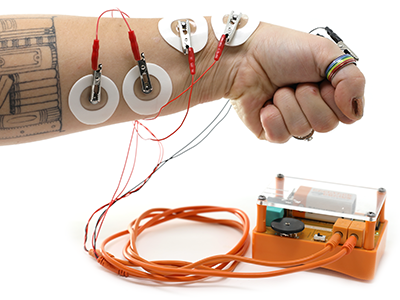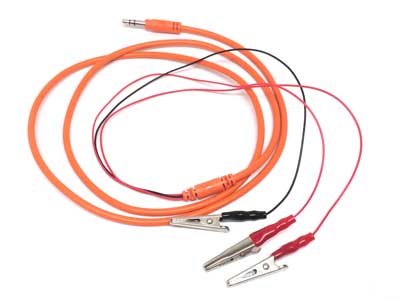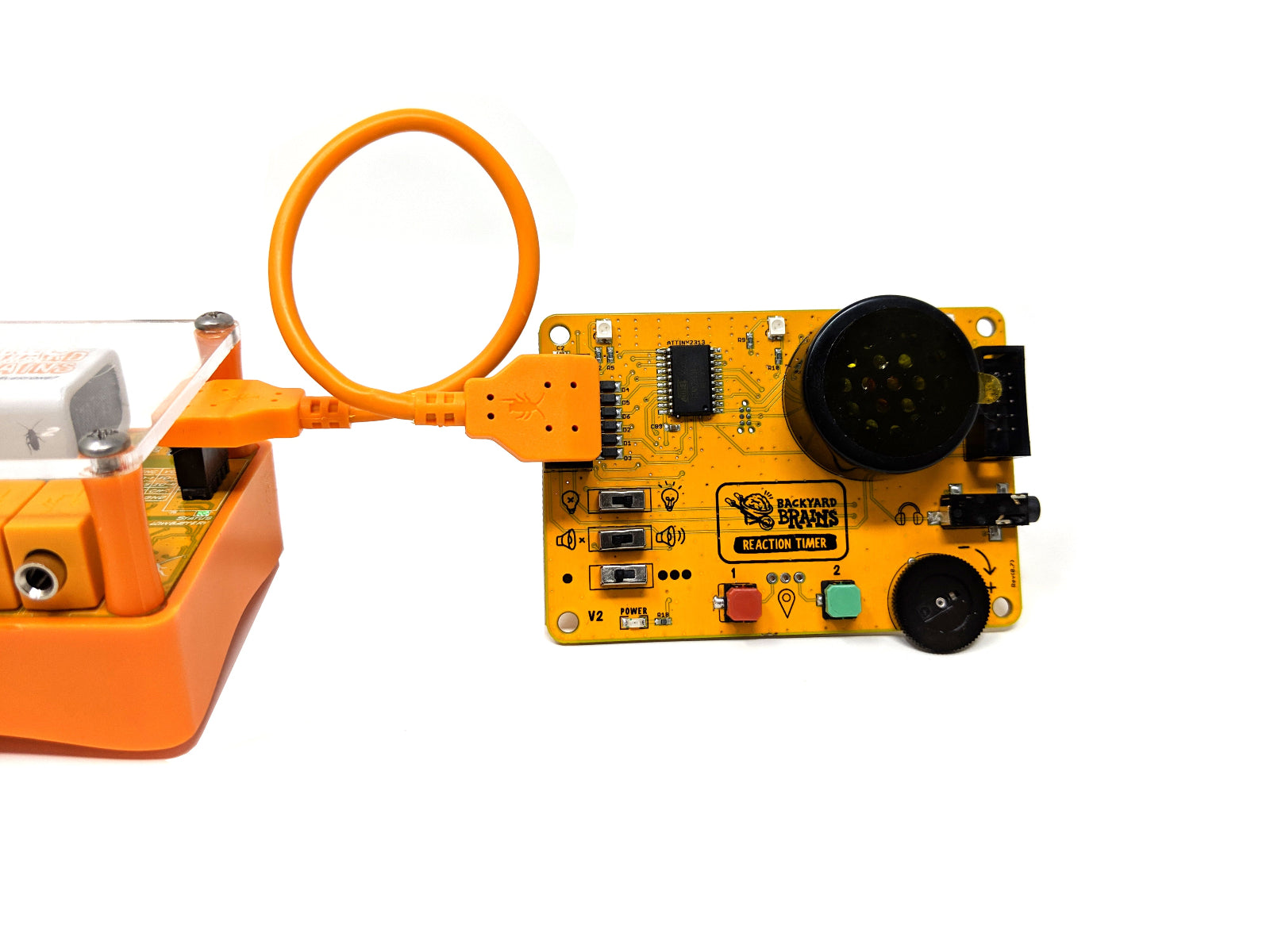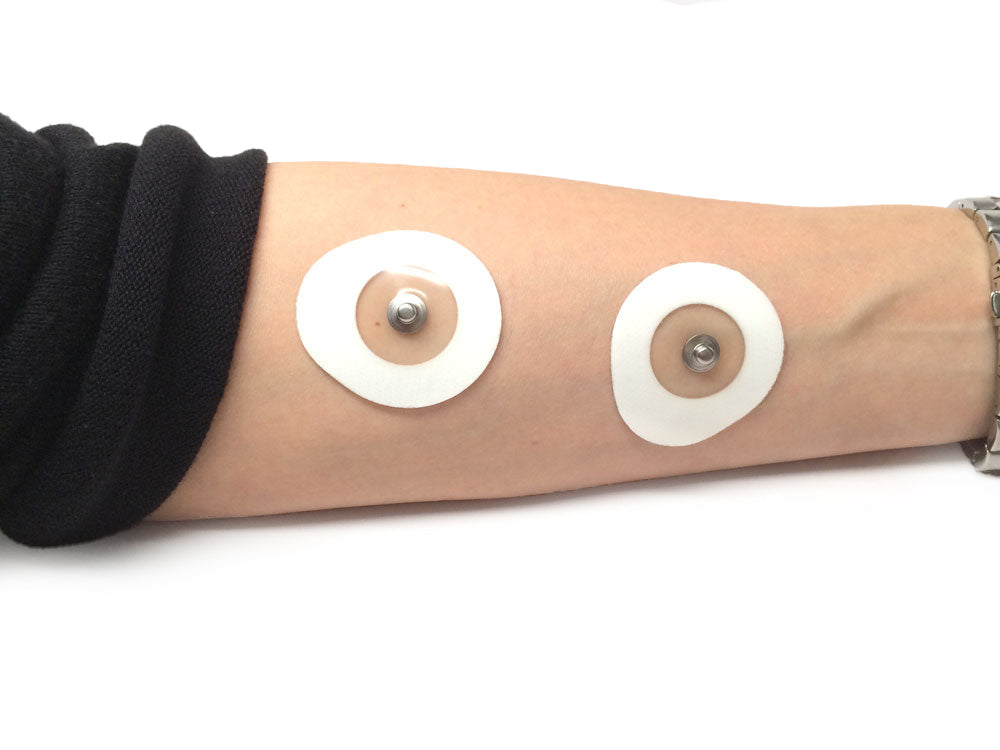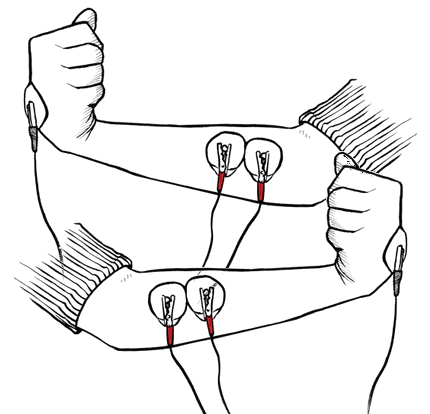
Motor Decision Reaction Time

A penalty kick is coming. You don’t have time to think—just to react. The ball moves, and in an instant, your brain processes the direction, sends signals to your muscles, and you dive. But what happens in those milliseconds before you move?
Reacting to a shot fired straight at you is one thing (block). But when the ball could go either way, your brain must do more than react—it must decide. How does the choice of actions affect your reaction time?
About experiment
What Will You Learn?
- How to collect, analyze, and compare reaction-time data in a structured experiment.
- How motor control and decision-making interact.
- How to interpret data trends to understand how and why reaction times change with different conditions.
Background
This experiment shifts the focus from a simple go-no-go reaction to making a subtle motor decision. With electrodes now on both arms, a familiar green LED still signals the known response, but a red LED introduces a new challenge: use your opposite arm. This change adds an extra layer of complexity to your reaction-time measurement.
Experiment
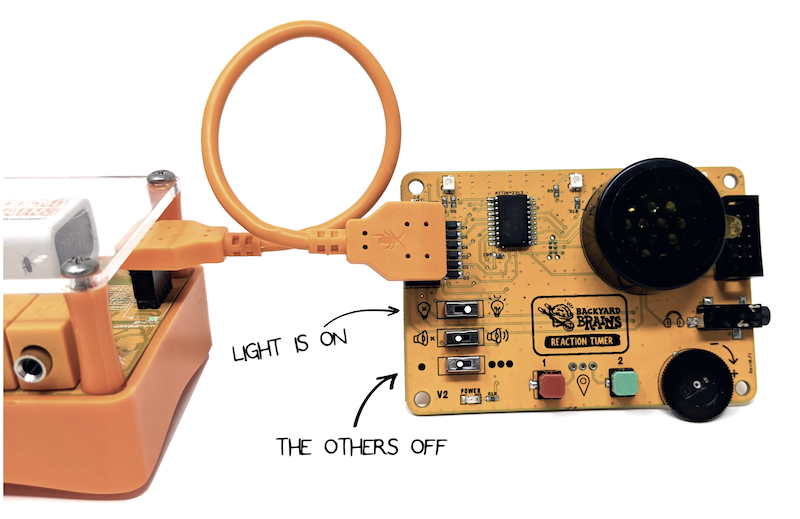
Setup
Setup
After completing the Visual-Motor Reaction Time experiment, prepare for this new challenge. Connect the Human SpikerBox and Reaction Timer as before, and attach electrodes to both arms. Ensure both the green and red LED systems are functioning properly.
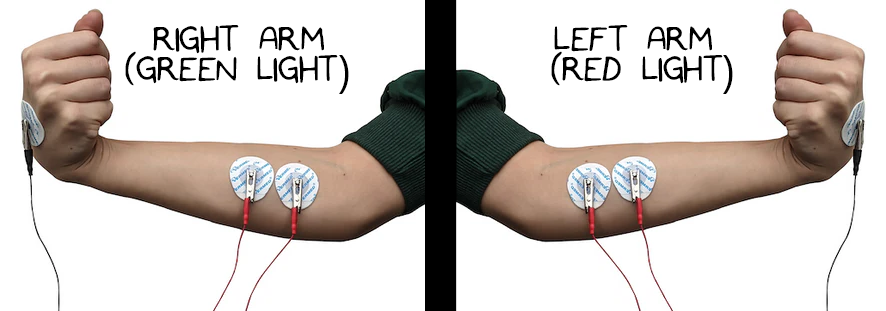
Electrode Check
This is a single-participant experiment. The green LED signals you to use the arm you’re familiar with, while the red LED instructs you to switch and move your other arm. Open the SpikeRecorder software and verify that both channels are active before beginning your randomized series of 10 trials.
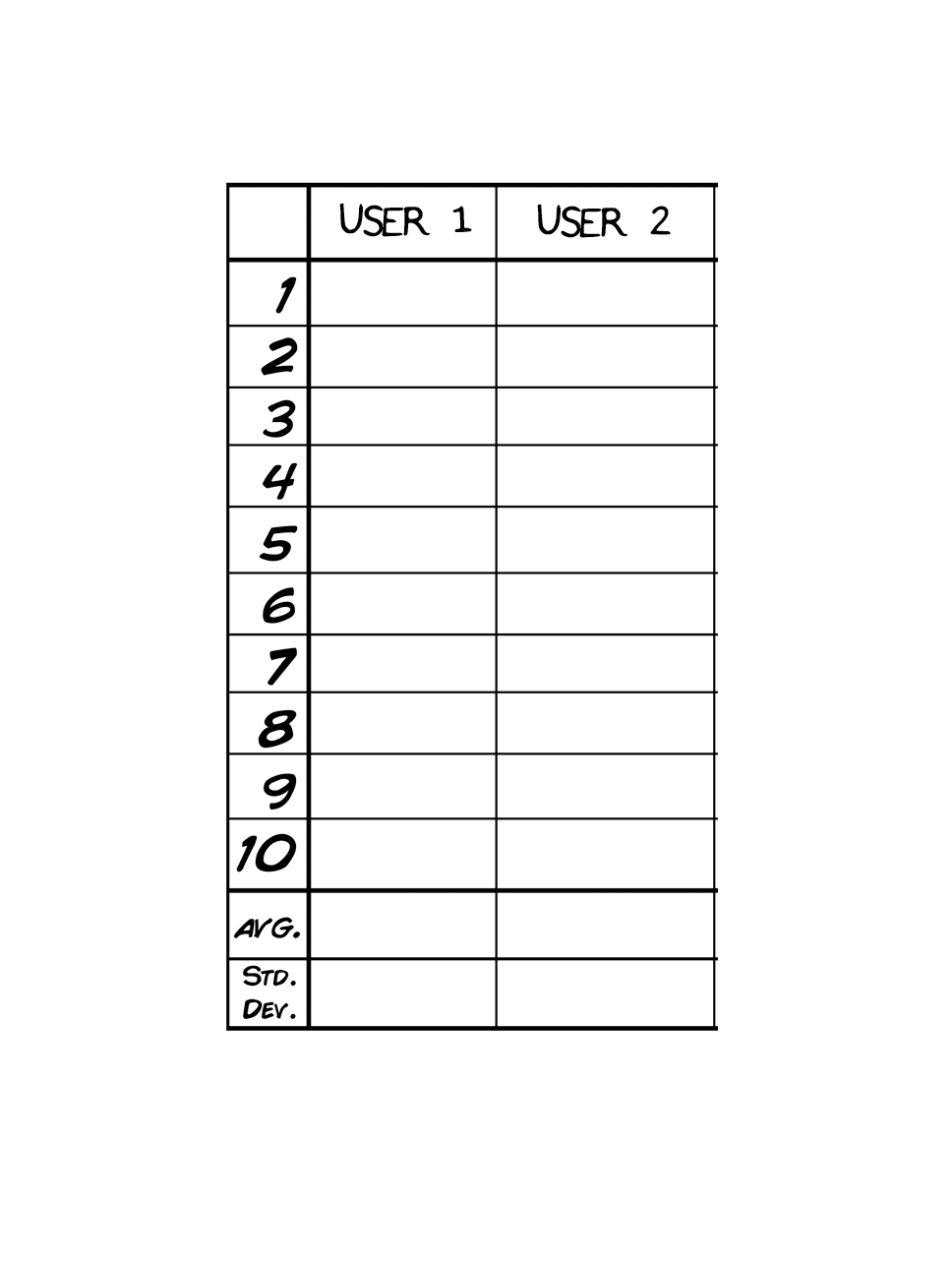
Run the Trial
It’s time to test your Motor Decision Reaction Time! With electrodes on both arms, you’re challenged to quickly choose which action to execute. When the green LED signals, use the familiar arm. When the red LED flashes, switch it up with your other arm. Each trial will reveal how well you adapt to this unexpected twist.
Results & Analysis
Examine your reaction times for both green- and red-LED trials. Did choosing which arm to move affect your speed? Compare the “green-light” results with your earlier Visual-Motor experiment and your inhibition experiment to uncover insights into how adding a split-second motor decision impacts performance.
What do you need?
-
Related Products


